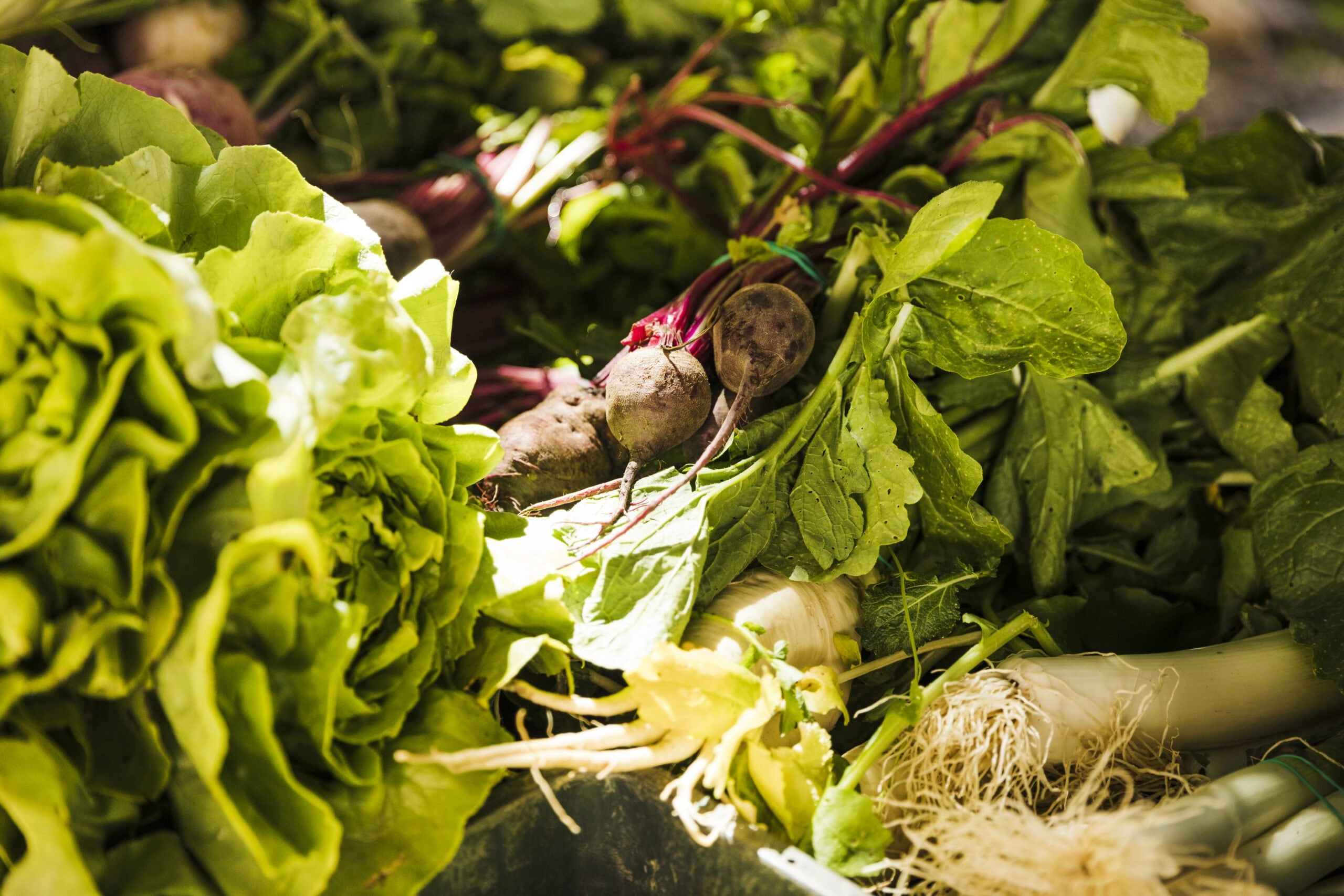
When the leaves start to change color and the air becomes crisp, it’s time to shift your gardening focus to the best veggies to plant in fall. Fall gardening offers a second chance to enjoy fresh, homegrown produce and take advantage of cooler temperatures for optimal growth. In this guide, we’ll explore the top 18 fall vegetables that will thrive in your autumn garden and provide you with tips for a successful fall vegetable garden.
1. Pumpkins
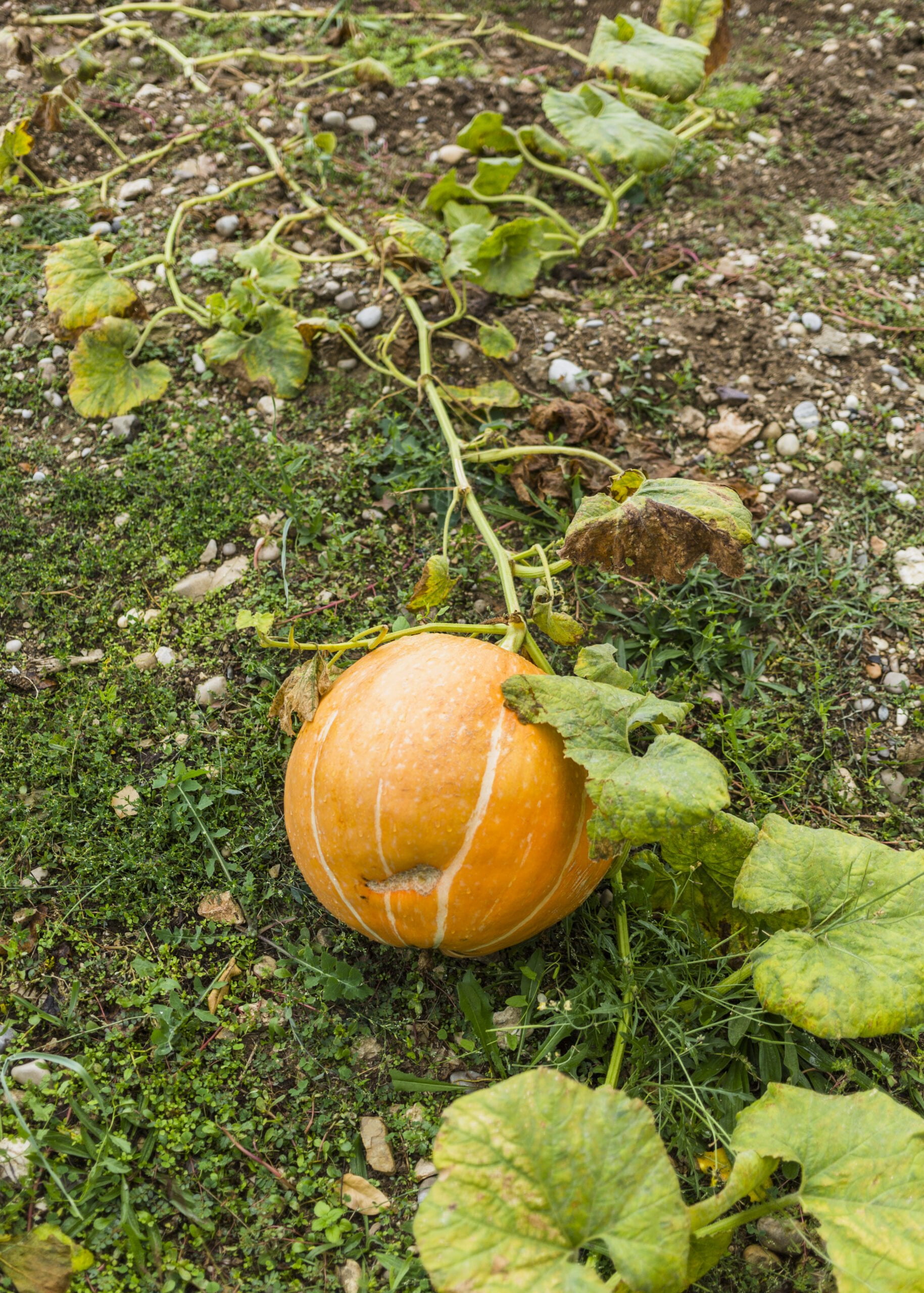
Fall wouldn’t be complete without the iconic pumpkin. Pumpkins come in various colors and sizes, making them a versatile choice for both decoration and consumption. While jack-o-lantern pumpkins are perfect for carving, varieties like ‘Baby Pam’ and ‘Long Pie’ offer thicker, sweeter flesh for delicious pies and savory dishes. Remember to provide ample space, as pumpkin vines can reach up to 30 feet. Consider using trellises to maximize your garden space.
2. Winter Squash
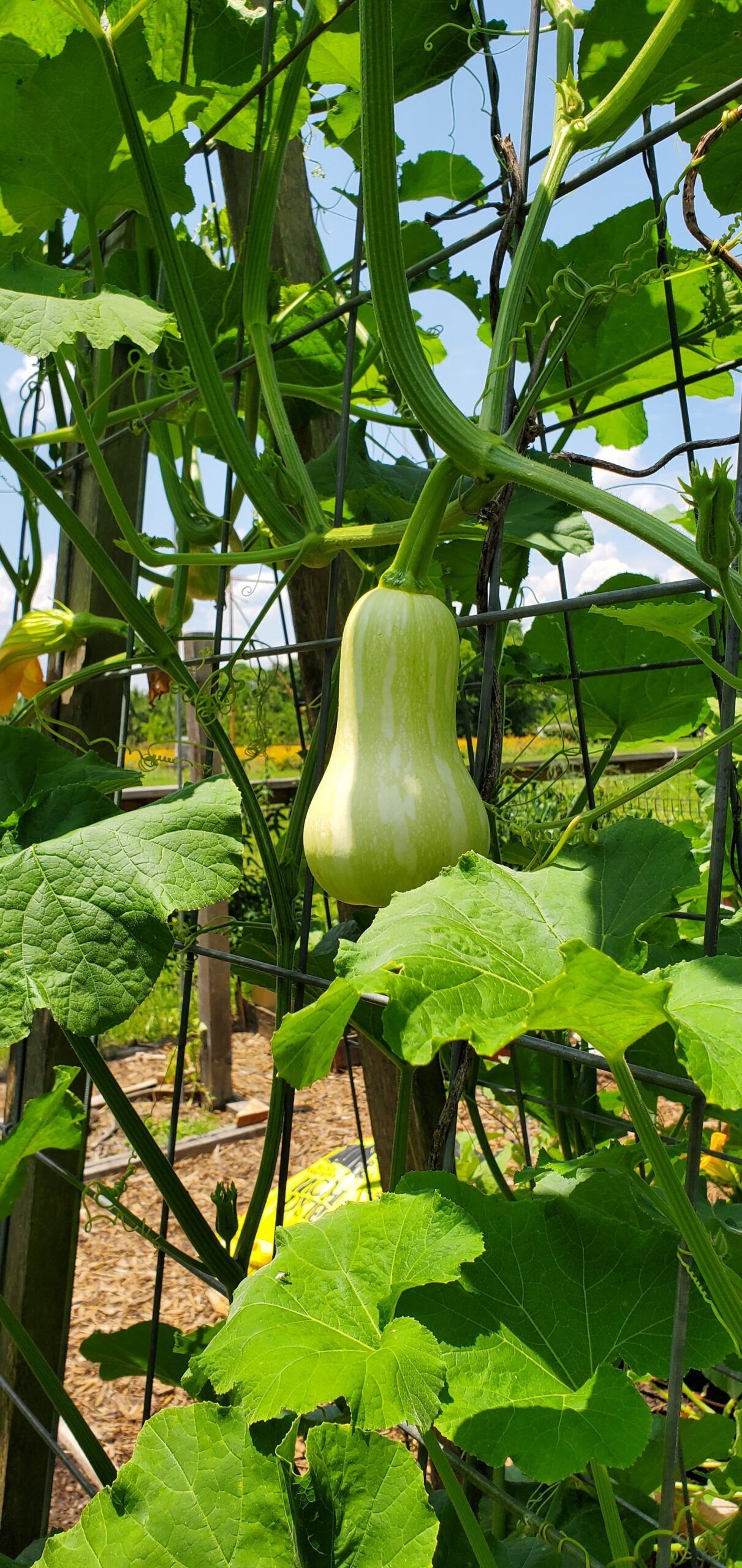
Winter squashes are not only delicious but also store well when kept at cooler temperatures. Consider planting varieties like acorn, spaghetti, butternut, buttercup, or hubbard squash. These squashes are best started indoors as seeds and transplanted in mid-summer. Just like pumpkins, they can take up significant garden space, so growing them on trellises is a smart idea.
3. Beets
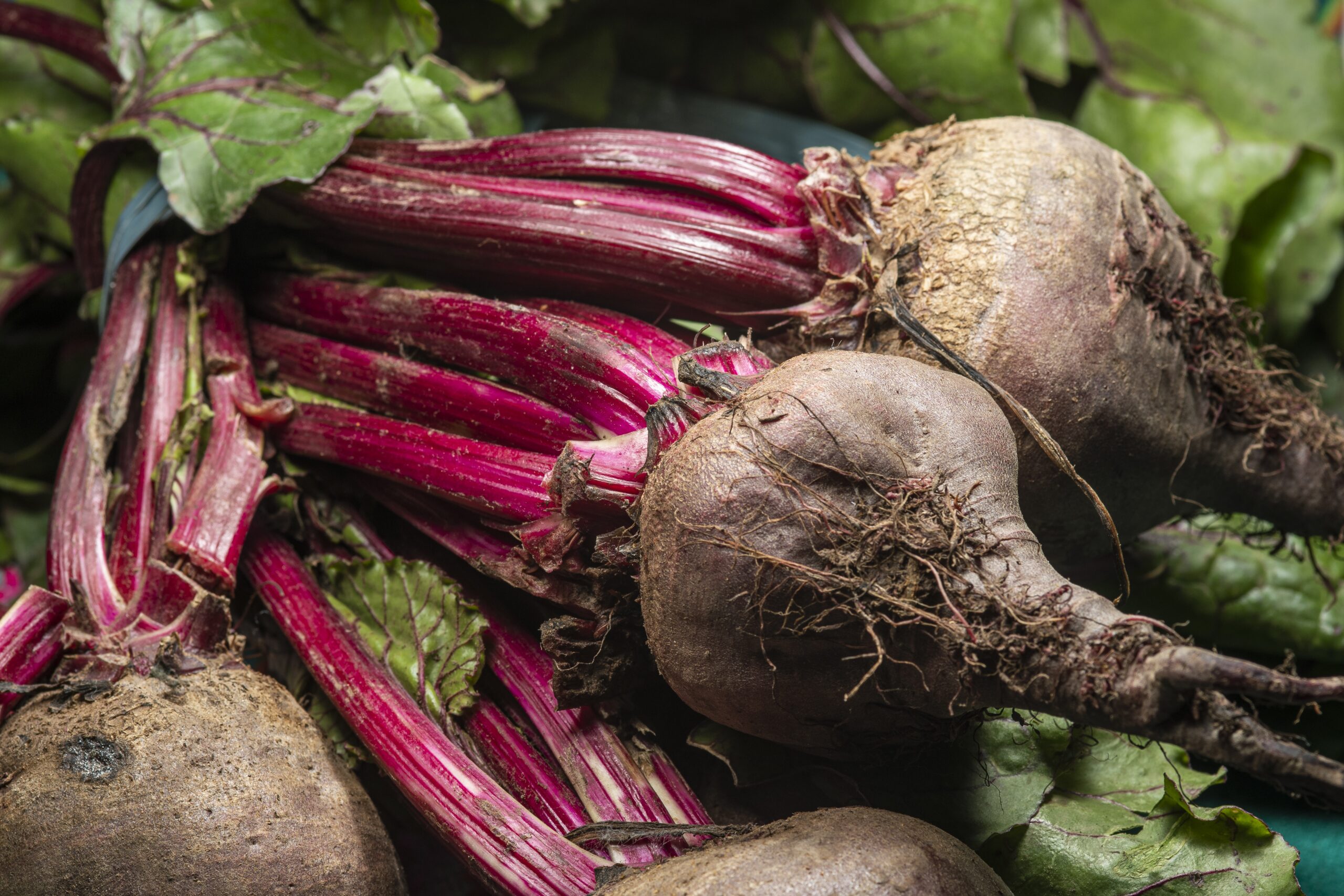
Beets are a fantastic addition to your fall garden. When planted in summer, they may need some shade initially, but they thrive in cooler fall temperatures, producing sweeter beets. They can even withstand light frost and continue growing until the first hard freeze. Beets are excellent for storage, whether in the refrigerator or preserved through pickling and canning.
4. Carrots

Carrots mature beautifully in the cooler fall soil, with orange varieties offering the sweetest flavor. The good news is that carrots can be stored in the refrigerator for up to three months, providing you with a fresh supply throughout the winter. Patience is key when growing carrots; allow them to fully mature for the best taste.
5. Brussels Sprouts
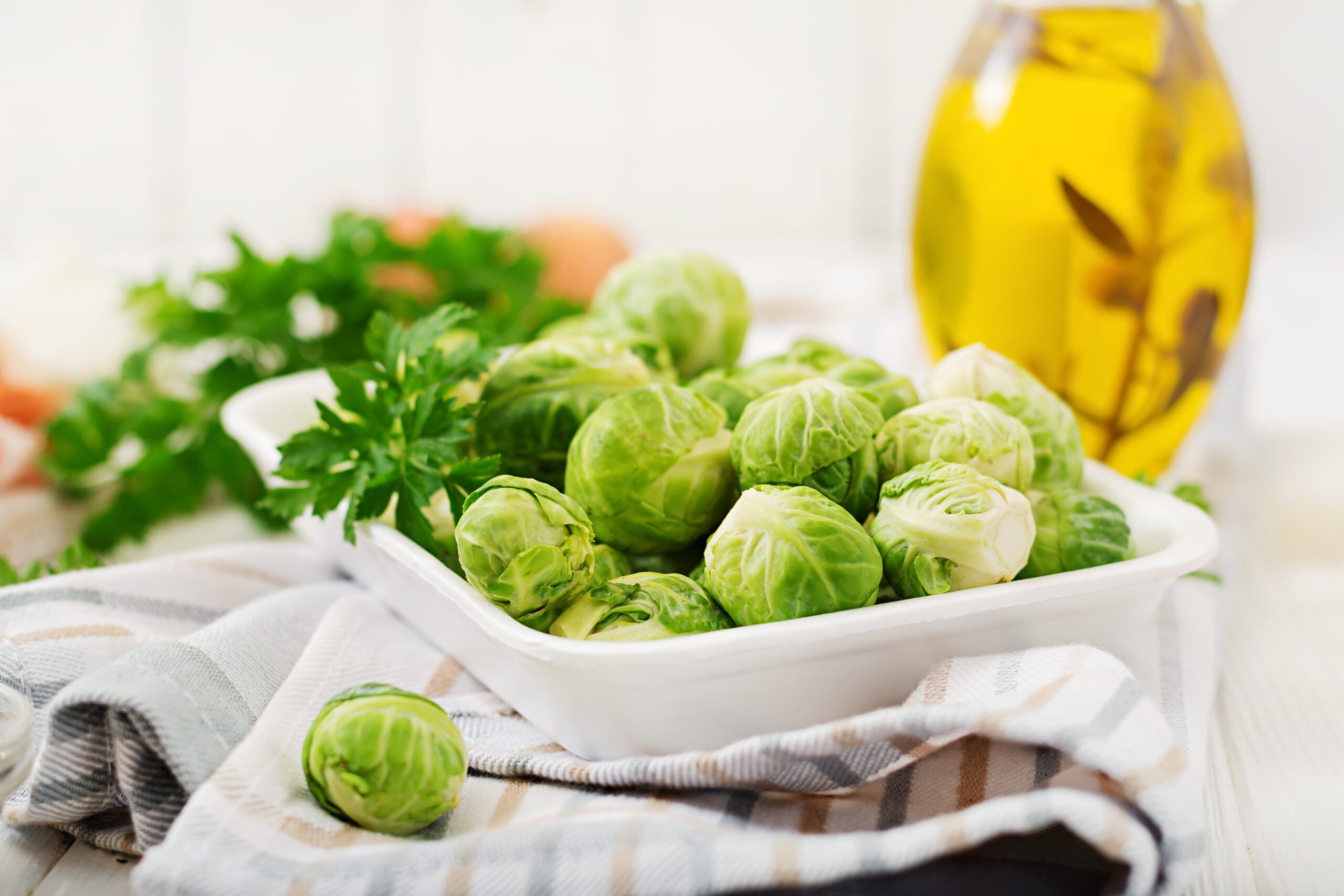
Brussels sprouts are a fall favorite that can withstand the changing seasons. As fall transitions into winter, Brussels sprouts often become the last standing vegetable in the garden. Harvest them from the bottom up, as they continue growing upwards. To deter pests like cabbage moths and aphids, consider planting marigolds and nasturtiums nearby.
6. Broccoli
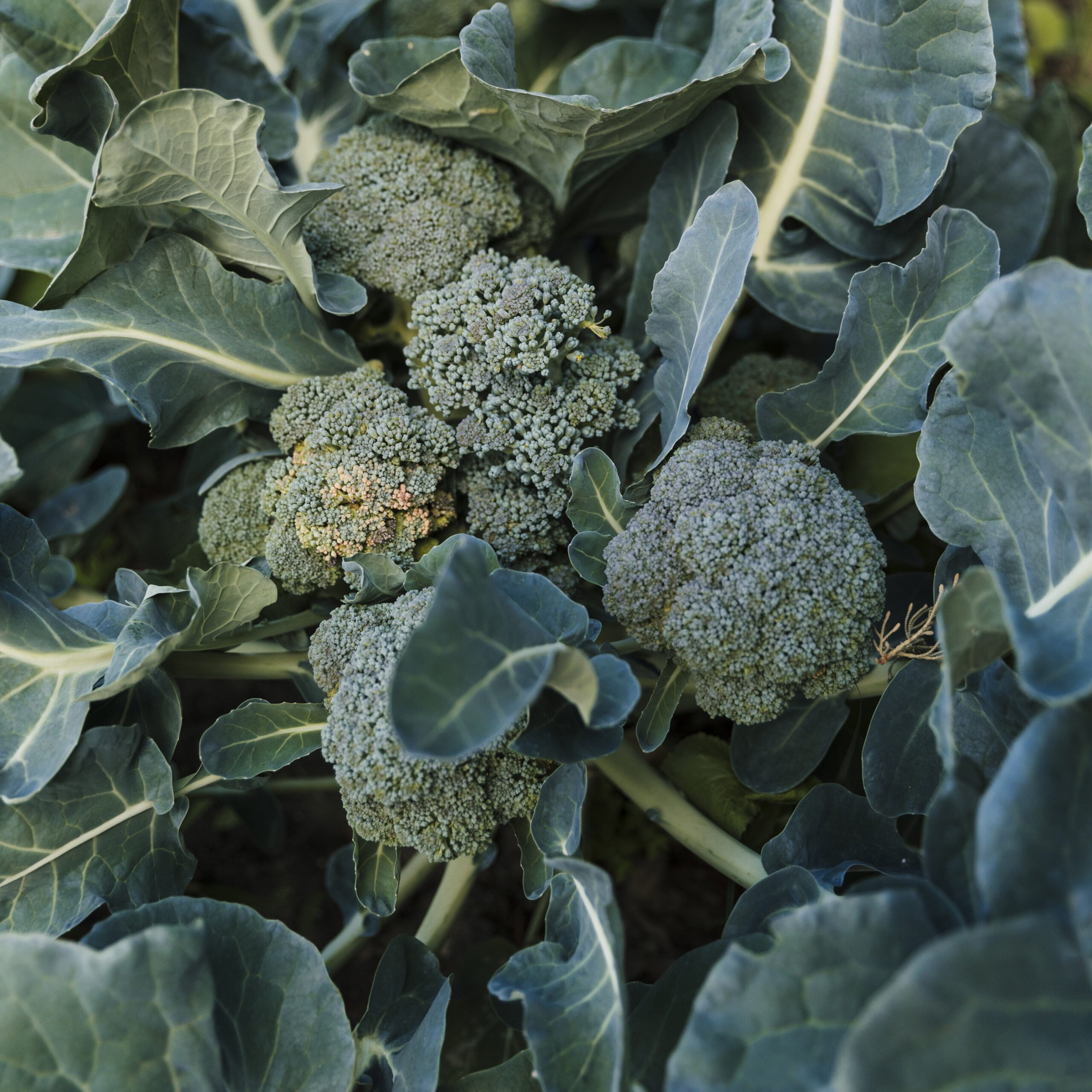
Starting broccoli seedlings in late summer can help them avoid random spring freezes. Once they reach maturity, they can handle light frost but should be harvested before the first hard freeze. Broccoli takes a bit longer to mature, so it’s wise to start seeds a bit earlier and transplant them in mid-summer for a successful fall harvest.
7. Potatoes
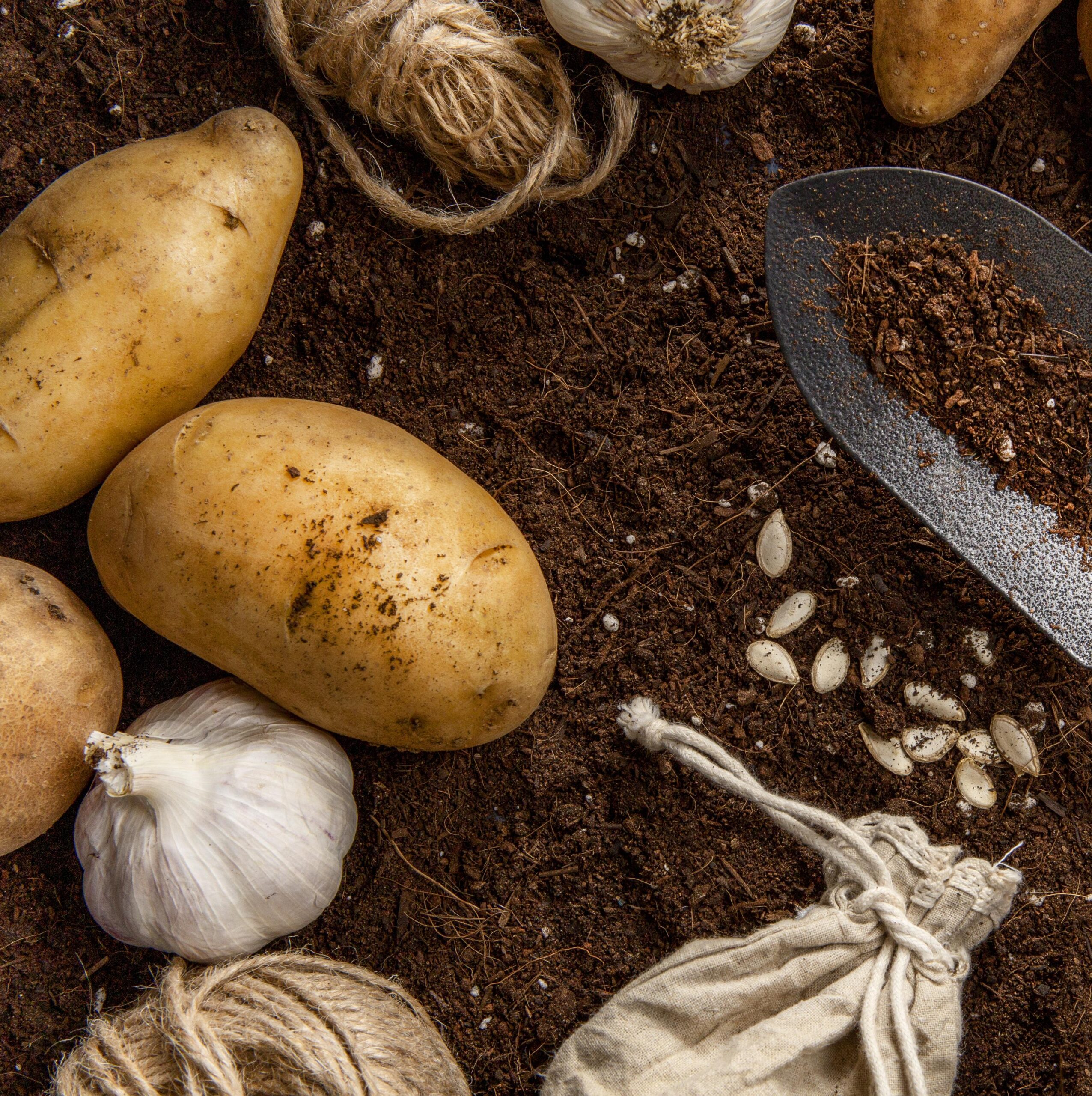
Opt for fast-maturing potato varieties obtained from certified seed potatoes rather than grocery store ones treated with growth inhibitors. Avoid planting them in beds recently occupied by nightshades like tomatoes, peppers, or other potatoes within the last two years. Also, refrain from planting potatoes next to cucumbers, pumpkins, or squash.
8. Cauliflower
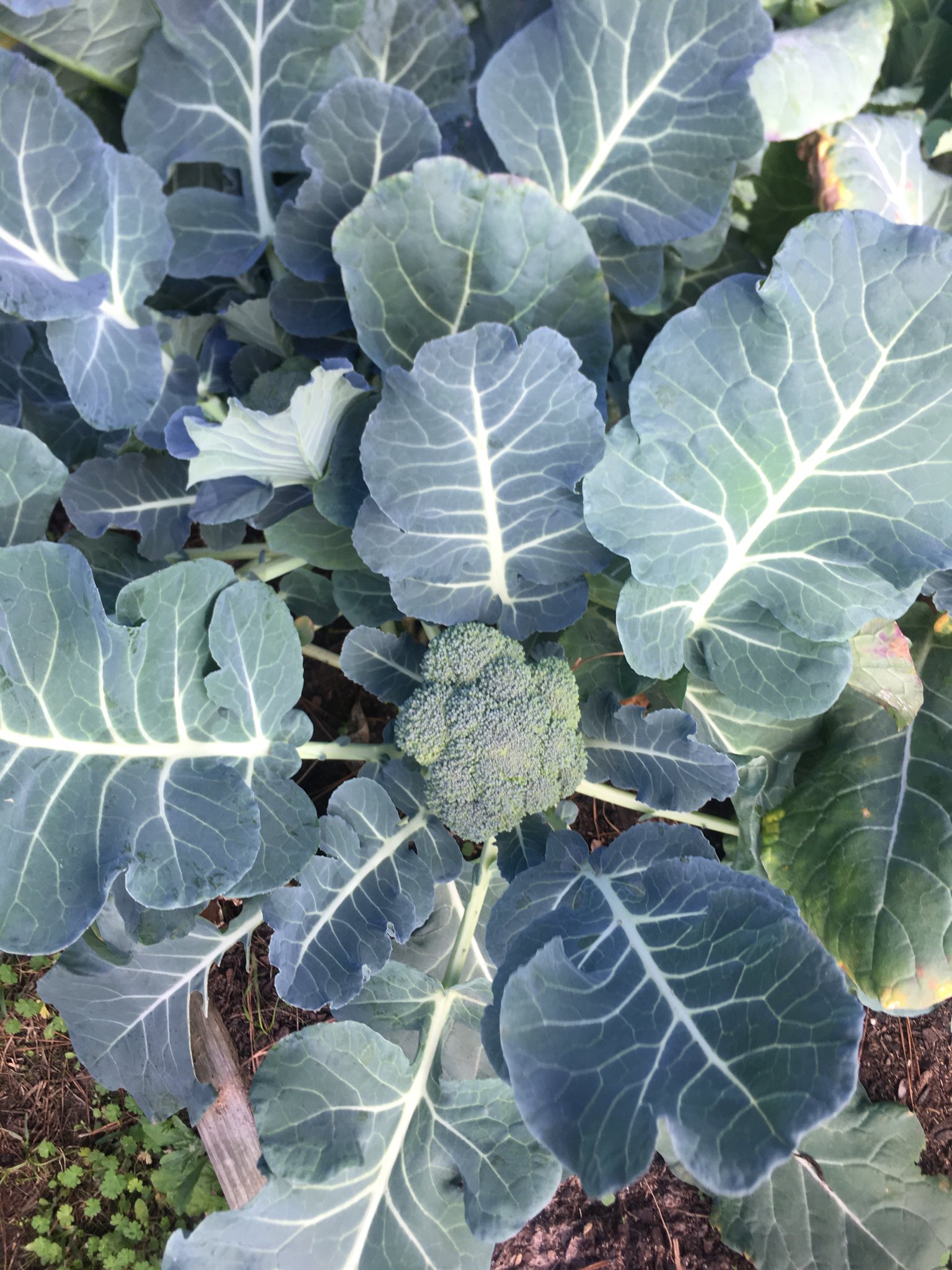
Cauliflower thrives in the fall, producing tight and tender heads with exceptional flavor. Begin planting your fall crop a bit earlier, around mid-summer, as cauliflower takes a bit more time to mature. You can gain a head start by starting seeds indoors and transplanting the seedlings in the later part of the summer.
9. Arugula
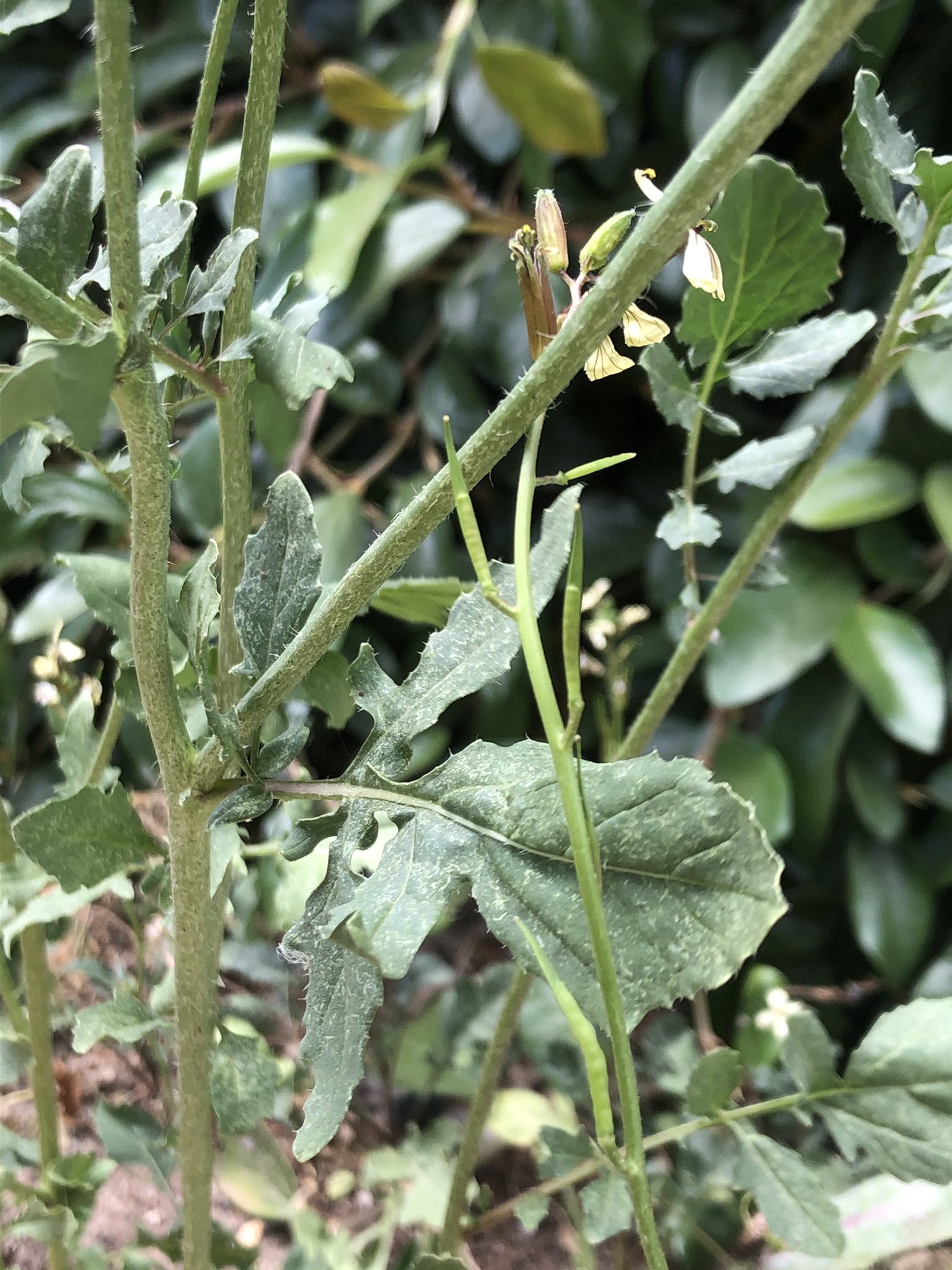
Arugula is notorious for bolting and going to seed when grown in the spring’s warm temperatures. However, in the fall, the cooler weather allows the leaves to mature, resulting in a more flavorful crop. Include arugula in your fall garden for fresh, peppery leaves that add zest to salads and dishes.
10. Bush Beans
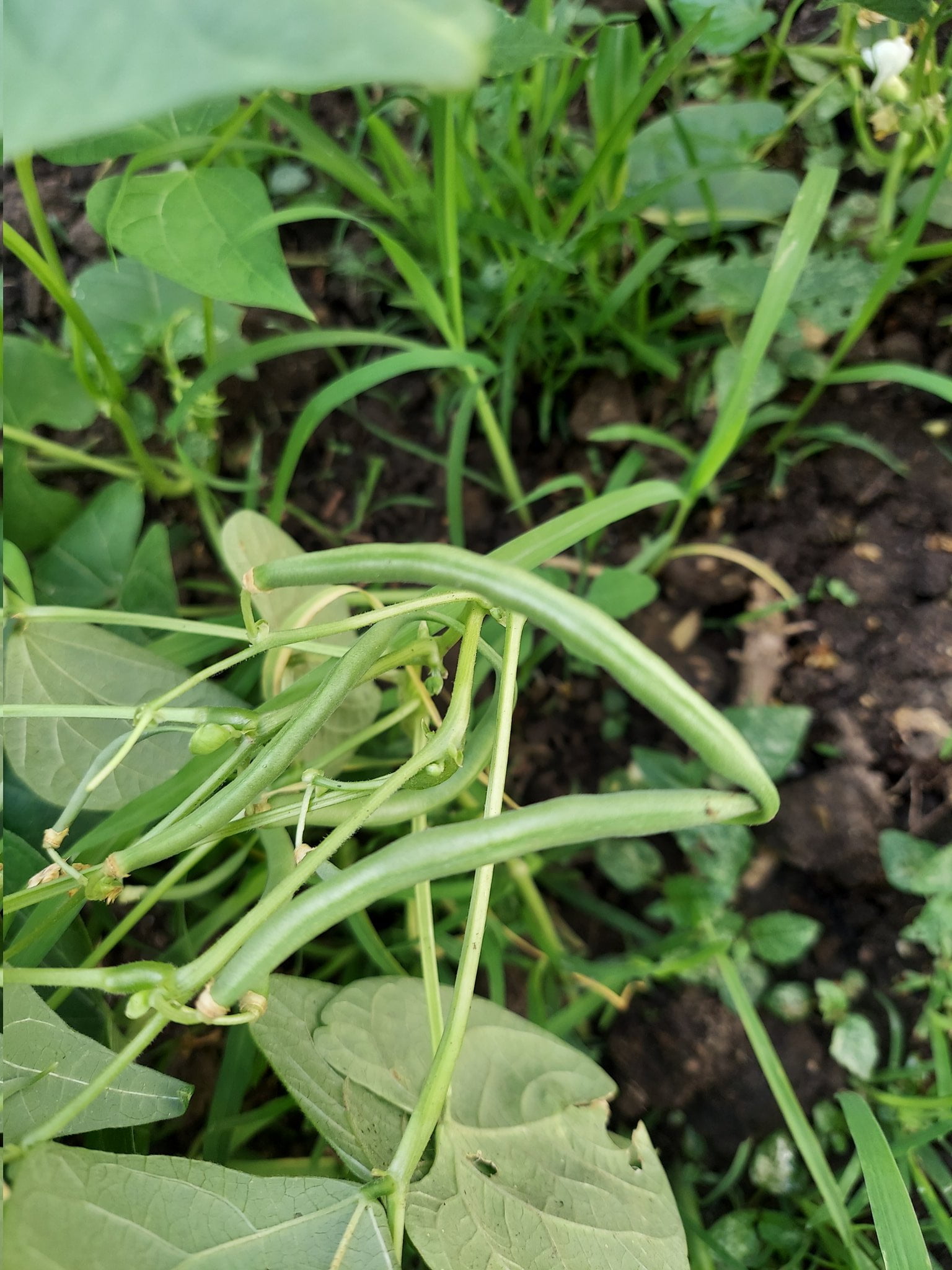
Bush beans are an excellent choice for fall gardening, especially if you prefer varieties that don’t require support. They thrive in slightly cooler conditions and often mature within 45 to 60 days. Besides providing a tasty harvest, bush beans return nitrogen to the soil, making them a valuable addition to your garden’s nutrient cycle. After harvesting, you can easily till the bean plants into the soil for additional nitrogen benefits.
11. Cucumbers
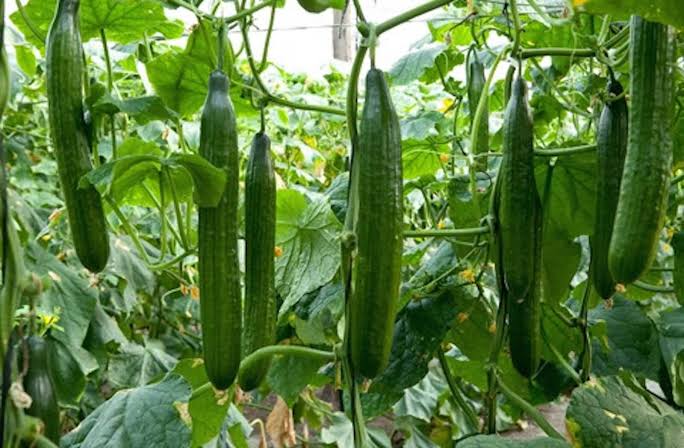
While cucumbers are typically associated with summer, you can extend your supply by planting a second batch in mid-to-late summer. Growing them on a raised trellis makes harvesting easier, and planting dill nearby provides an ideal combination for pickling.
12. Parsnips
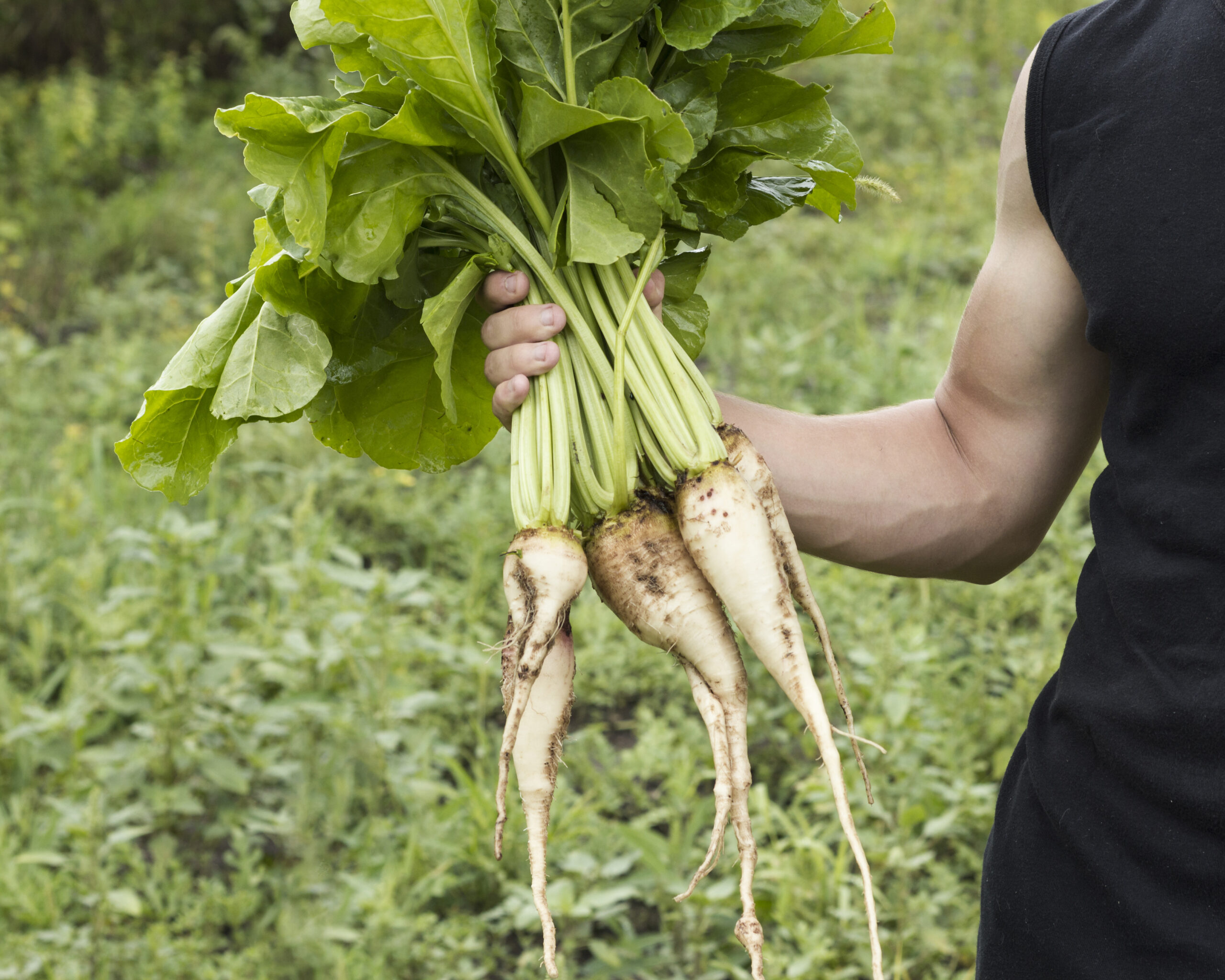
Parsnips are root vegetables that thrive when planted directly in the garden. They may take some time to germinate, but you can speed up the process by starting them in a damp paper towel. Harvest them before the ground freezes, and they’ll stay fresh in your refrigerator throughout the winter.
13. Radishes
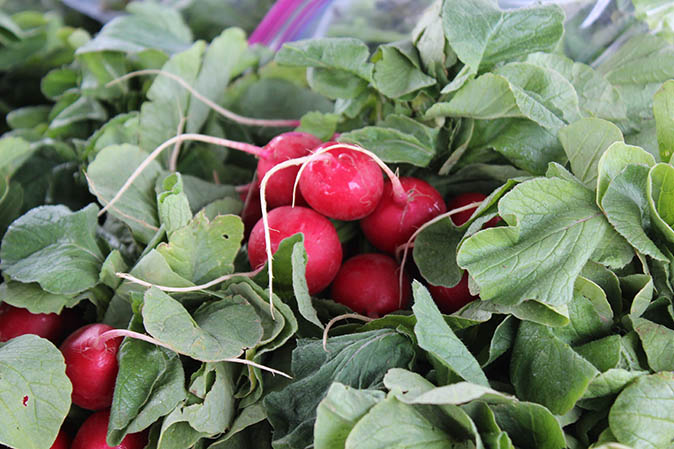
Radishes, like carrots and beets, offer better flavor when grown in the fall compared to spring. They have a quick growth cycle, allowing you to succession plant multiple rounds with two-week intervals. For a unique twist, try roasting radishes for a delightful culinary experience.
14. Spinach

Spinach is a cold-tolerant salad green that thrives in the fall. Plant it when the soil is warmer during mid-to-late summer for better germination rates. As the leaves mature in the cooler fall temperatures, they become tender and tastier. Spinach can even tolerate light frost, ensuring you have a fresh supply up until winter.
15. Zucchini and Yellow Squash
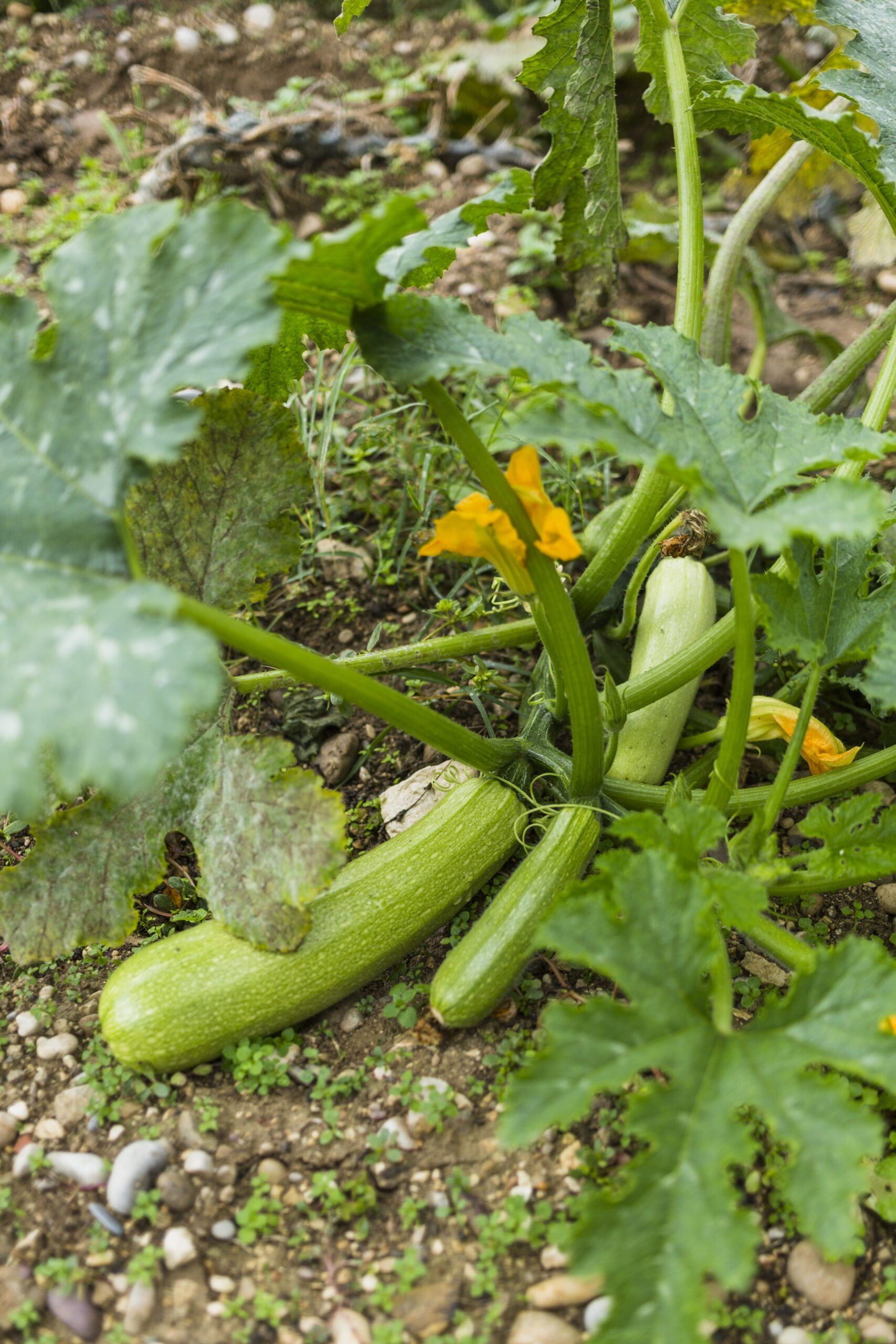
These rapid-growing squashes mature in just around 60 days in the fall. Planting a batch in mid-to-late summer still allows plenty of time for harvest. Be sure to pick them when they reach 8 to 12 inches in length to savor their fresh, tender flavor.
16. Onions and Scallions
Onions can be grown from seeds, transplants, or “onion sets,” which are small onions that can be planted for quicker results. For overwintered onions, start planting in August or September, and when the plants are 6-12 inches tall, harvest the green onions (scallions) and leave the remaining plants to grow into full-size onions.
17. Garlic
Garlic is a must-have in any fall garden. It loves the cold weather and must be planted in the fall to be harvested in the summer. Specifically, in Zones 5-7, garlic is traditionally planted in October, while growers in Zones 8 and 9 typically wait until November or December. Garlic requires a prolonged period of chilly temperatures called vernalization to develop hefty, easy-to-cut bulbs. Northern growers should opt for hardneck varieties that can handle the frost and snow of winter, while southern growers should choose softneck varieties that don’t require vernalization or pre-chilling.
To ensure a successful garlic crop, be sure to source high-quality, disease-free seed garlic from a reputable source. Soak the seed cloves in water with a dash of diluted apple cider vinegar and liquid kelp solution before planting to kill off any pathogens and give the garlic a quick energy boost.
18. Kale
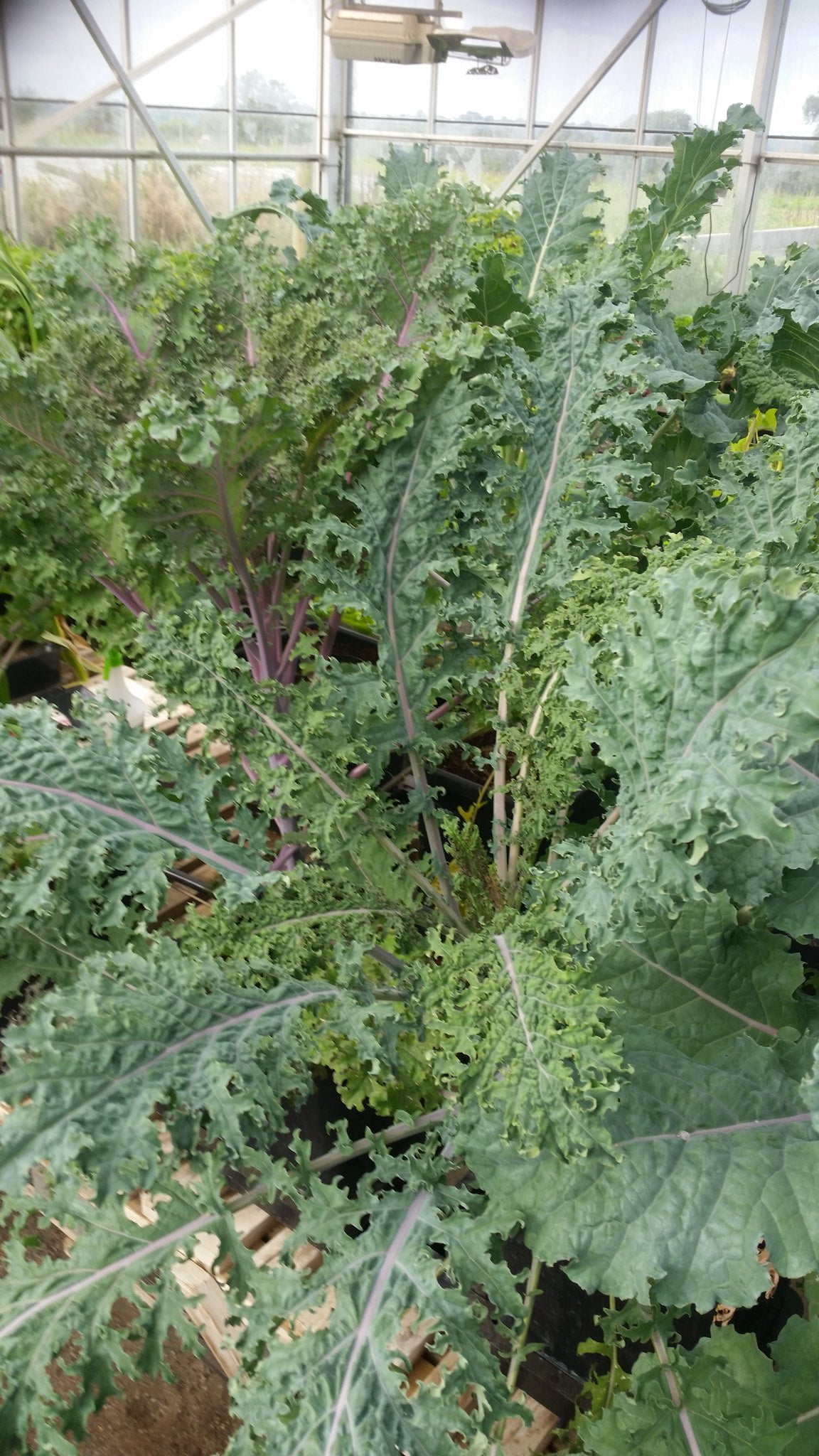
Kale is the quintessential fall veggie, thanks to its frost tolerance and continuous yields. While heat can turn kale leaves bitter, the cold weather actually sweetens them. Kale is extremely cold-hardy, but it still needs to get established before hard frosts. For frigid northern gardens, choose ultra-hardy kale varieties like ‘Winterbor’ or ‘Red Russian’ that can be planted in late summer and harvested throughout fall and winter.
Tips for Starting Your Fall Vegetable Garden
Now that you know which veggies thrive in the fall, here are some essential tips for starting your fall vegetable garden:
Choose Faster Maturing Varieties
Since fall offers limited growing days, opt for faster-maturing vegetable varieties to ensure a successful harvest.
Calculate Growing Time
Add 2-3 weeks to the maturing time indicated on seed packets to account for shorter, cooler days in the fall.
Determine When to Plant
Find the estimated first frost date for your area and subtract the estimated growing time for your chosen vegetables. This helps you plan your planting schedule accordingly.
Amend the Soil
Replenish your garden soil with compost or fertilizer, especially in areas where you recently grew summer crops. This ensures that your fall vegetables have access to essential nutrients.
Succession Plant
Consider succession planting for fast growers like lettuces, carrots, and radishes to stagger your harvest and enjoy fresh produce over an extended period.
Companion Plant
Explore companion planting to boost the growth of your fall vegetables, attract pollinators, and deter pests. Certain companion plants can enhance the health of your garden.
Add Mulch
Applying a layer of mulch helps protect your plants from late summer heat by insulating the root zone and retaining moisture, which is crucial for successful fall gardening.
By following these tips and selecting the best veggies to plant in fall, you can create a thriving and productive autumn garden that provides you with a rich harvest of delicious and nutritious vegetables to enjoy throughout the season.
